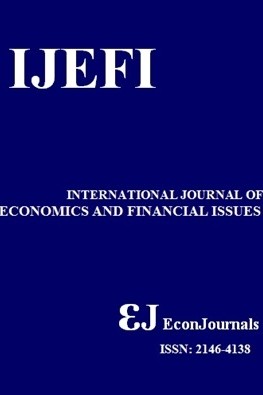An Empirical Test of the Validity of the Capital Asset Pricing Model on the Zimbabwe Stock Exchange
An Empirical Test of the Validity of the Capital Asset Pricing Model on the Zimbabwe Stock Exchange
Capital Asset Pricing Model, Beta, Capital Asset Pricing,
- Başlangıç: 2011
- Yayıncı: İlhan ÖZTÜRK
Ismail Tijjani Idris, Sabri Nayan
Cash Flow Sensitivity of Cash: A Cross Country Analysis
Syed Manzur QUADER, Mohammad Nayeem ABDULLAH
Agricultural Trade and Its Determinants: Evidence from Bounds Testing Approach for Turkey
Analysis of the Oil Market and the Role of Investment in the Agrarian Sector in Kazakhstan
Sholpan А. Smagulova, Gulashar Zh. Doskeyeva, Natalya Radko
Does Bank Efficiency Matter? A Case of Egypt
Nessrine HAMZAOUİ, Boutheina REGAİEG
Alexey İ. SHİNKEVİCH, Angelika A. FARRAKHOVA, Marina V. SHİNKEVİCH, Adeliya V. PAVLOVA, Mikhail G. VYUKOV
Eric Kofi Boadi, Yao Li, Victor Curtis Lartey
Muhammad İmran NAZİR, Muhammad ZULFİQAR, Muhammad Bilal SAEED, Yasir HABİB
